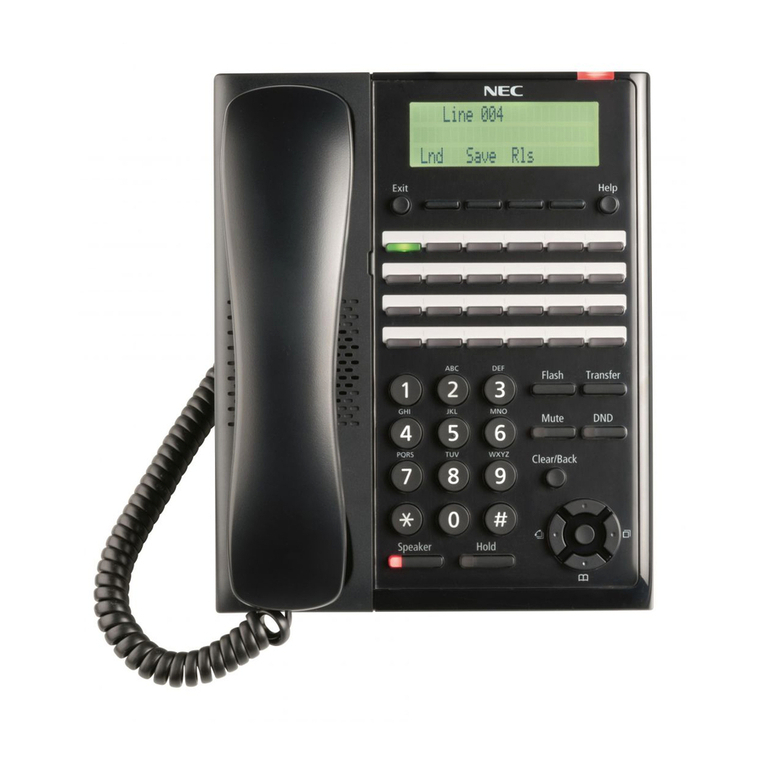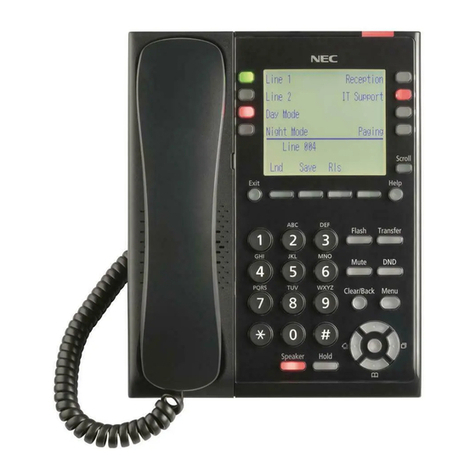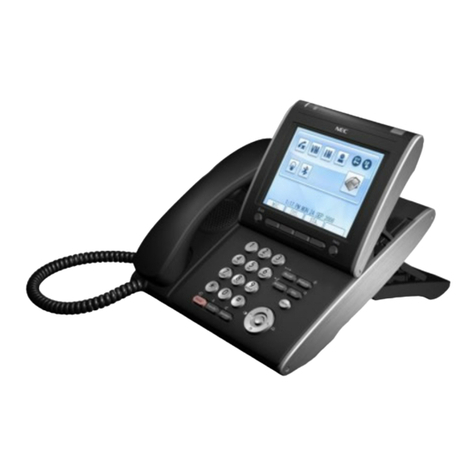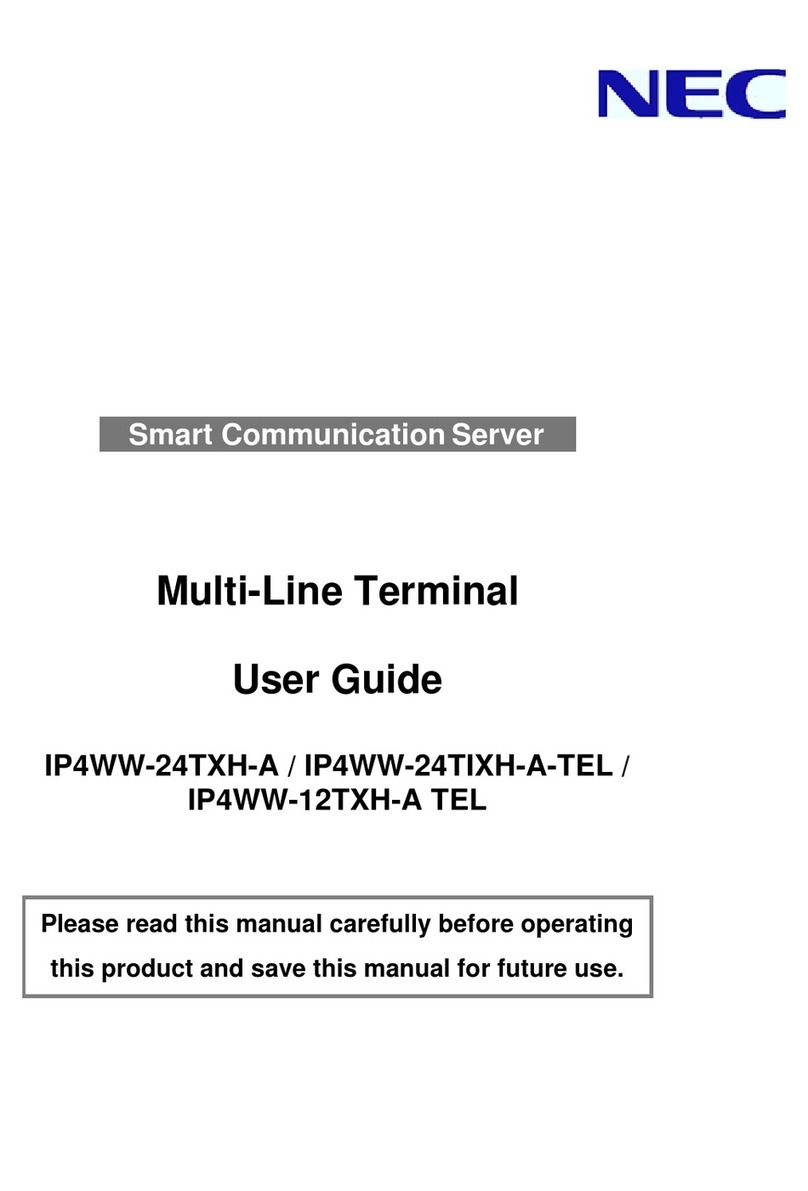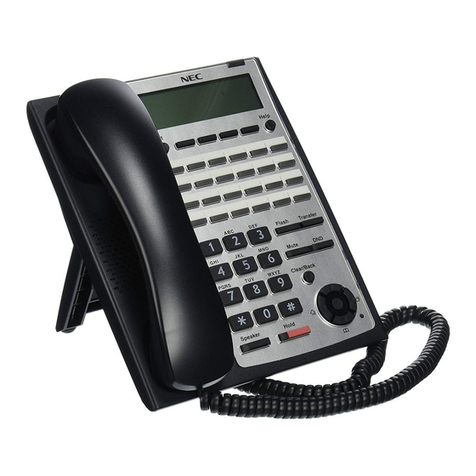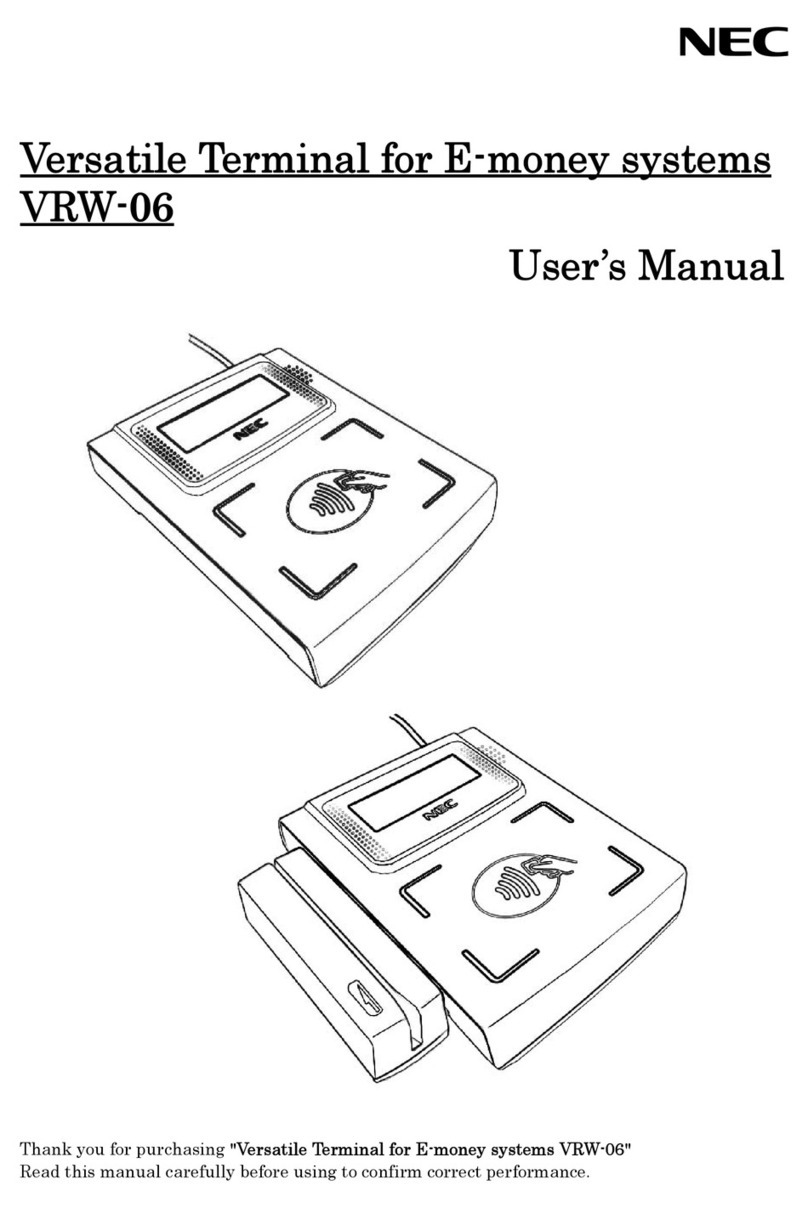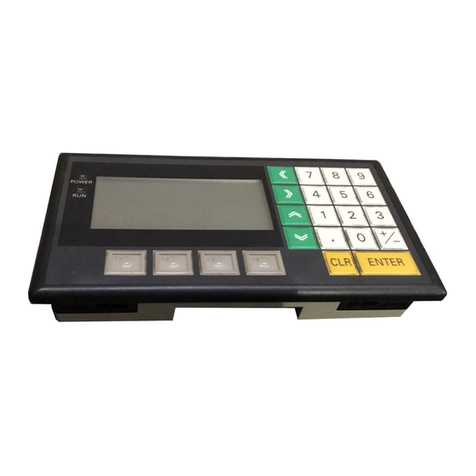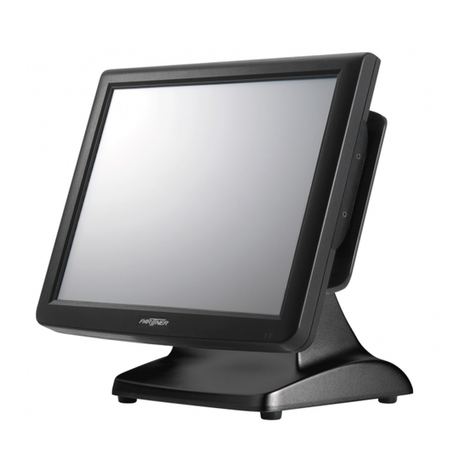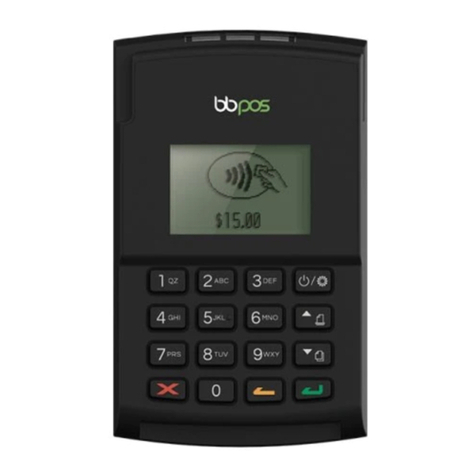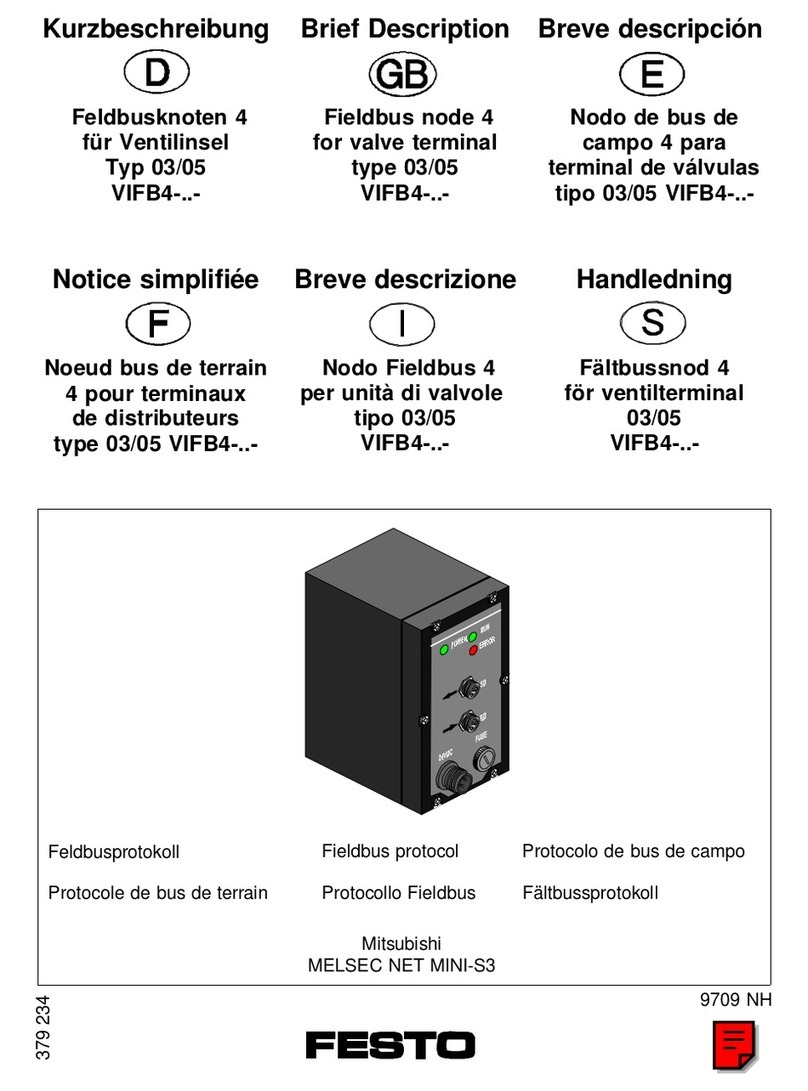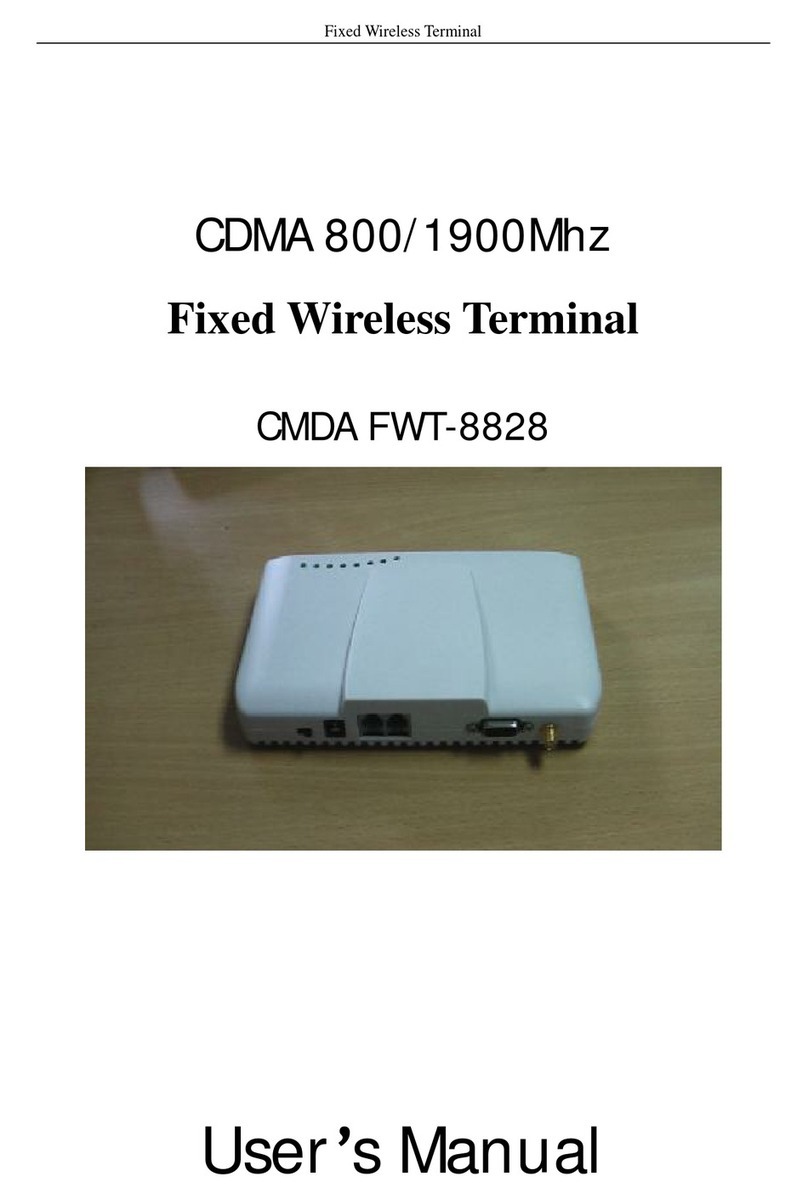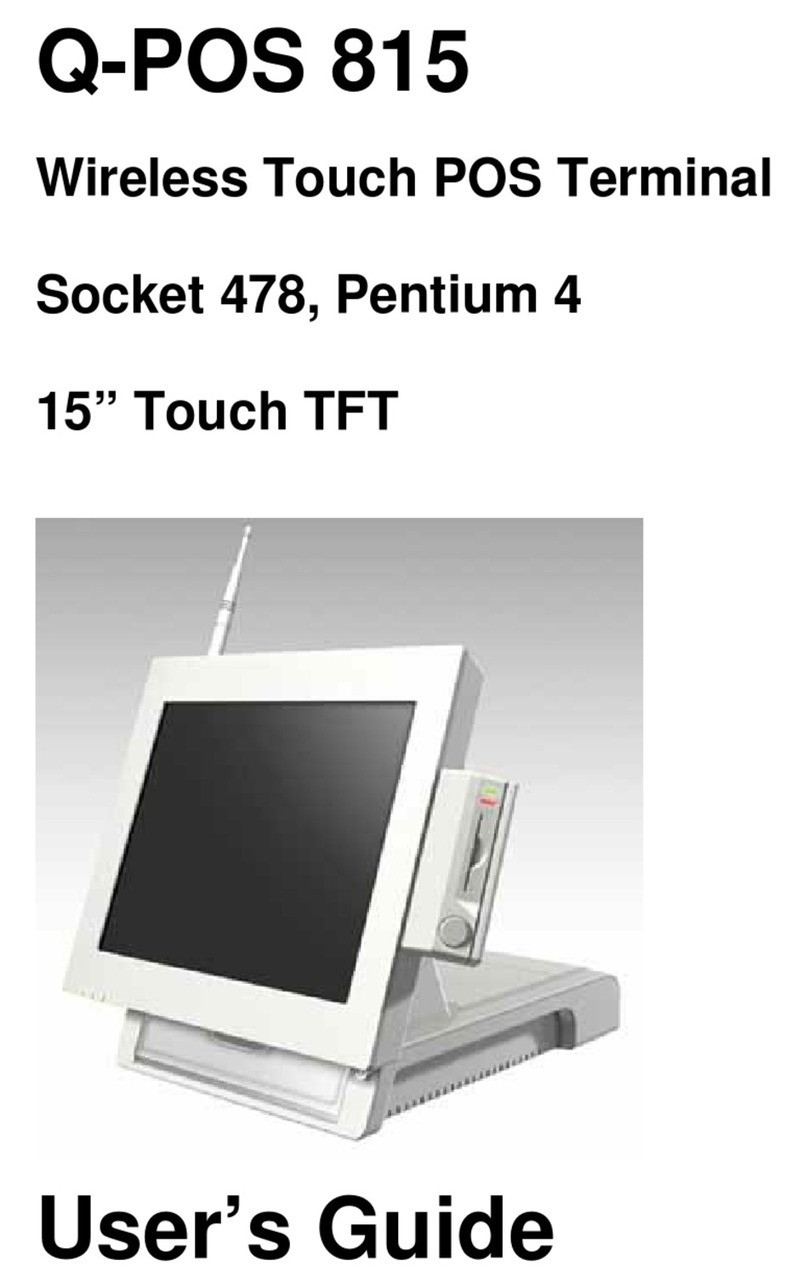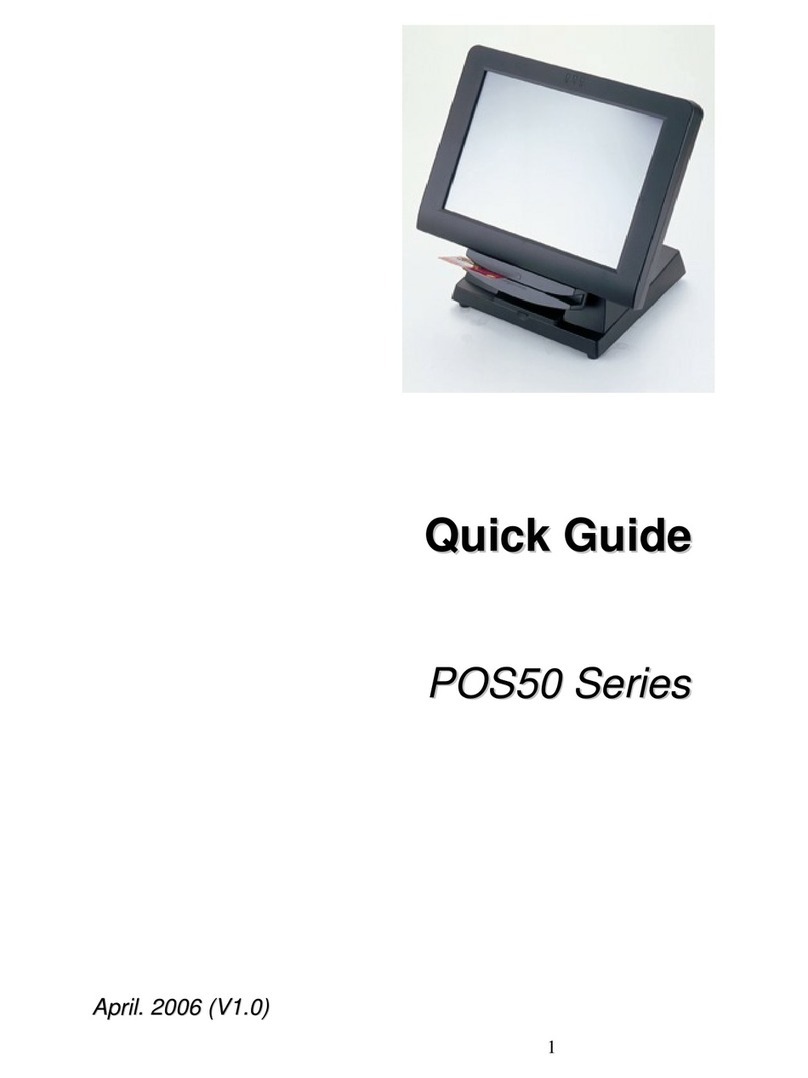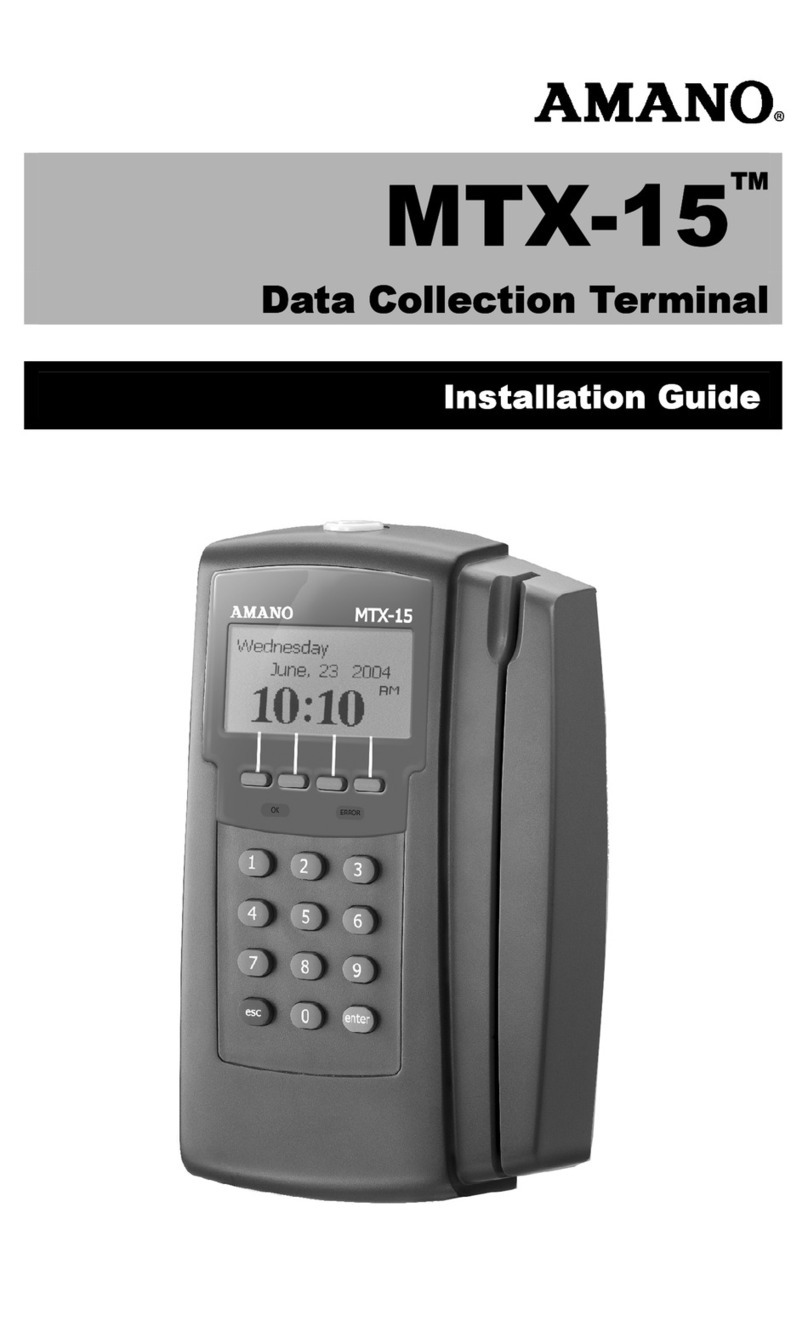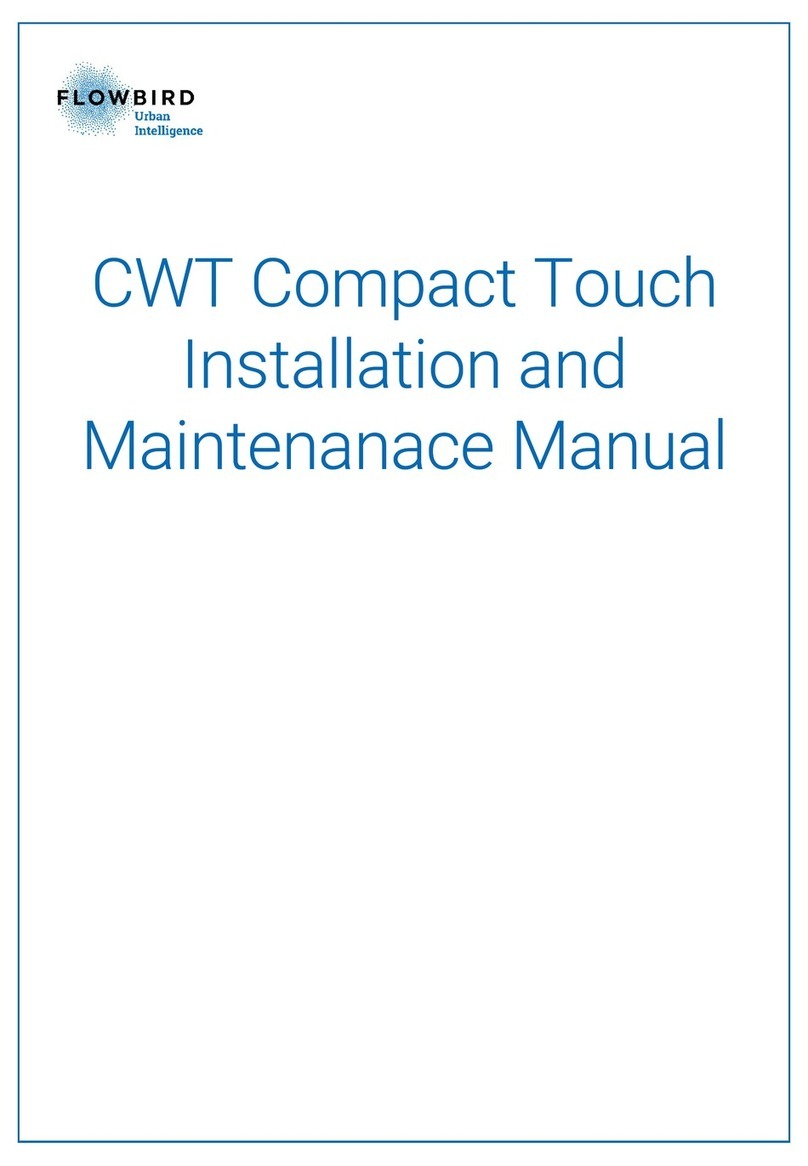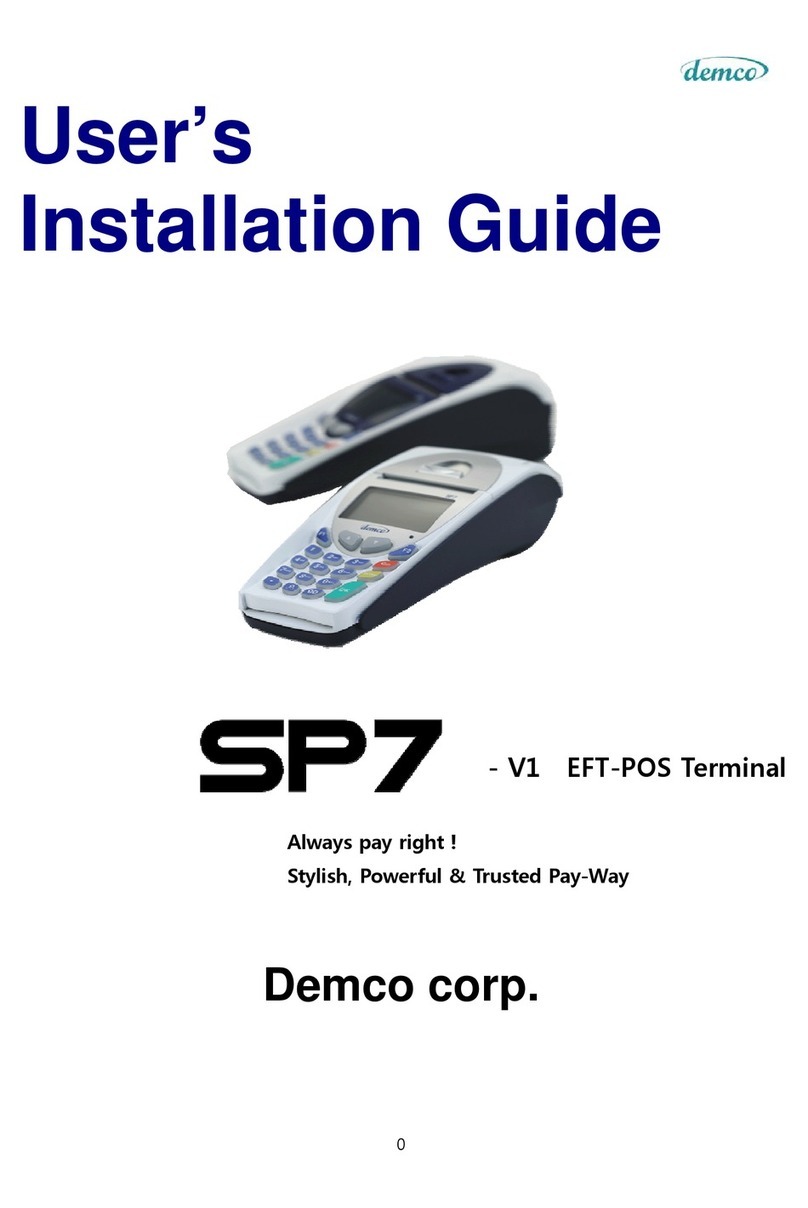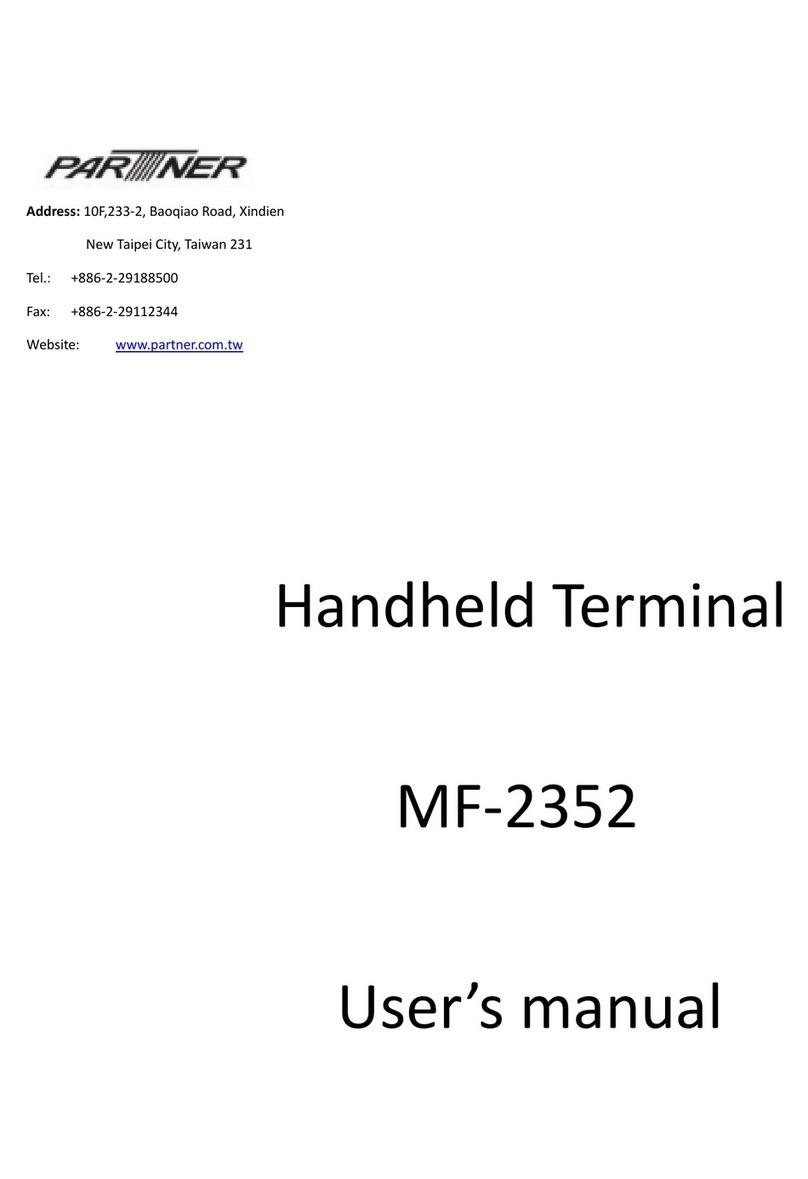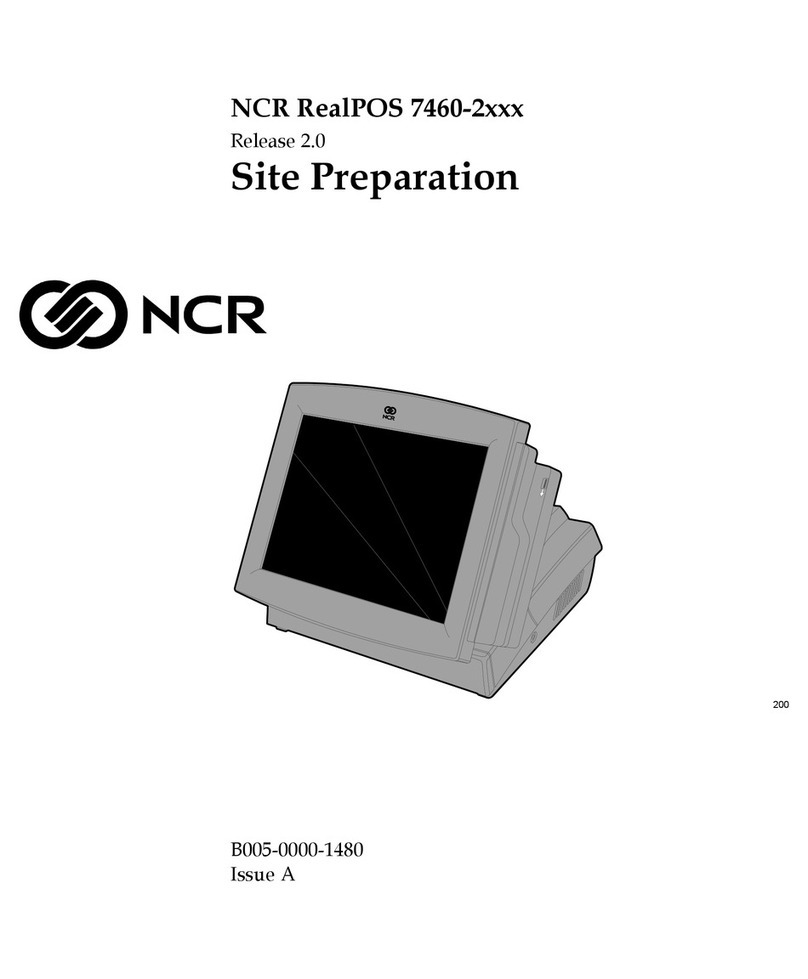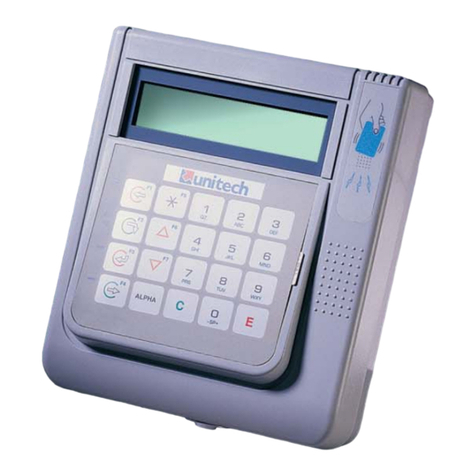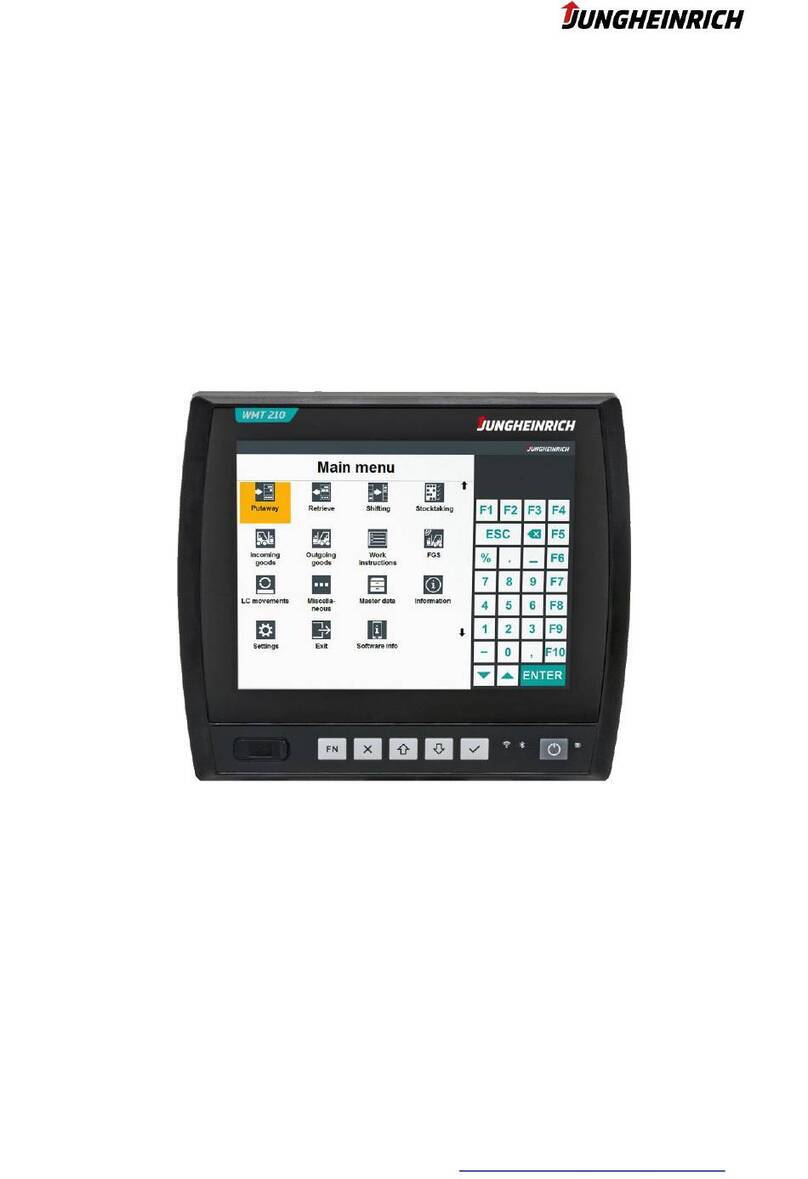
© 2009 by NEC Taiwan
System Basic Setup (1)
System Basic Setup (1)
Installation
Installation
VoIP Board (IPLA) is installed onto CD-CP00 Blade. (One board per system)
When IPLA is installed, the system has two different Networks on CD-CP00 at the
same time. Recommend to use “CN1” (on IPLA) for all features (such as SMDR,
ACD-MIS, CTI, VoIP, etc) instead of “CN7”.
CN1
(IPLA) CN7
(CP00) CN7 (CP00) Setup
• 10-12-01 : CD-CP00 IP Address
(Default : 192.168.0.10)
• 10-12-02 : Subnet Mask
(Default : 255.255.255.0)
• 10-12-03 : Default Gateway
(Default : 0.0.0.0)
• 10-12-09 : IPLA IP Address
(Default : 172.16.0.10)
• 10-12-10 : Subnet Mask
(Default : 255.255.0.0)
• 10-12-03 : Default Gateway
(Default : 0.0.0.0)
CN1 (IPLA) Setup
•
•IP Address for IPLA and IP Address for CD
IP Address for IPLA and IP Address for CD-
-CP00
CP00 can NOT be set as same segment.
can NOT be set as same segment.
•
•HOT Start (
HOT Start (System
System Reset) is necessary in case the above PRG has been changed.
Reset) is necessary in case the above PRG has been changed.
Even though the above configuration, “CN7” (on CD-CP00) is still working and can
be used for the data communication features and maintenance purpose.
